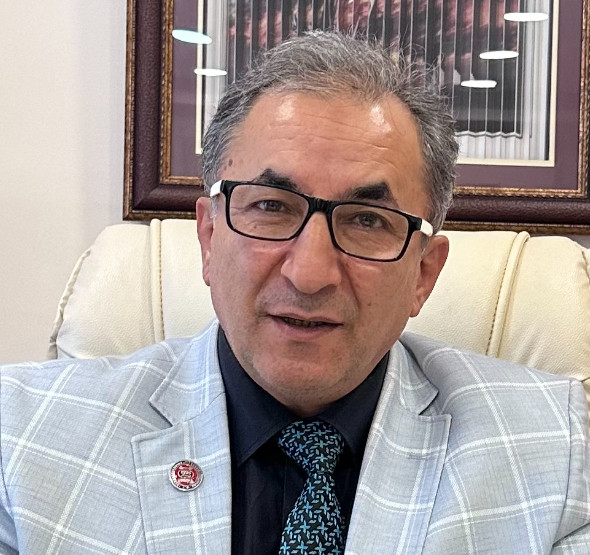I'd like to highlight a few more points regarding the use of "Atomic Bombs" by America for the first time in human history. The Americans had conducted aerial bombardments on dozens of Japanese cities in the first six months of 1945. There were only a few cities that hadn't suffered from these highly destructive bombings, and "Hiroshima" and "Nagasaki" were among them. This was a matter of great curiosity for the residents of these two cities. The Americans had discreetly set aside the cities they deemed suitable targets for atomic bombs. So, the issue for the US wasn't just about compelling the Japanese to surrender as soon as possible.
The real objective was to demonstrate to their potential adversaries in the future, primarily the "Soviet Union," which was preparing to invade Japan, that the US possessed the world's most devastating weapon. The residents of Hiroshima and Nagasaki were chosen as the potential victims of this show of power. Suggestions that detonating the atomic bomb over a wooded area would frighten the Japanese into surrendering had been rejected.
The US had tested its first atomic bomb within its own country. In my previous writings, I pointed out that the region in the "New Mexico" state where the test took place had more "Non-White Americans" and "Natives." The US set a "model" for its Western allies and Eastern rivals who were developing nuclear bombs. In the 1950s, the US conducted tests near the "Marshall Islands" it had captured hand in hand with its allies in the South Pacific during World War II. Meanwhile, the Soviet Union conducted its first test in "Kazakhstan," and China planned to do it in the "Xinjiang" region.
The UK, a partner in the US nuclear bomb program, conducted its first test on colonial soil, specifically on the "Montebello Islands" off the coast of Western Australia. The UK continued its tests at "Maralinga" and "Emu Fields" in South Australia. France conducted its first test in "Algeria," which it had occupied in 1830. Both the UK and France conducted these tests in distant colonies to prevent their own people from being exposed to nuclear fallout. These tests were a representation of how the Western regimes of that era categorized their populations.
Between 1960 and 1966, France conducted 17 nuclear tests in Algeria. Later, they shifted their tests to their colony in the South Pacific Ocean, now known as "French Polynesia." The ship "Rainbow Warrior," belonging to the environmental action group "Greenpeace," was set ablaze in 1985 at the port of Auckland, New Zealand, during protests against France. Tragically, a Portuguese photographer lost his life in the incident. It was revealed that the arson order came from François Mitterrand, who was elected as the President of France from the "Socialist Party." Following the exposure of the background to the attack, France's Defense Minister, Charles Hernu, resigned.
Today, the "nuclear legacy" issue is still a topic of negotiation between Algeria and France. France has not provided Algeria with a complete map of the areas where nuclear waste is concealed. France conducted its first bomb test, which was four times more powerful than the one dropped on Hiroshima, in February 1960 in a desert region in the southwest of Algeria. The nuclear fallout affected multiple countries that were French and British colonies. However, the French kept the extent of the fallout's spread secret.
The northern region of Niger, which came into the spotlight due to a military coup that toppled a pro-France government, was also affected by these tests. The group most affected was the "Tuaregs," known as "Tevariks" during the Ottoman era. The "Tuaregs," nomads of the Sahara, residing in the southern parts of Algeria and Libya, as well as the northern regions of Niger, Chad, and Mali, were exposed to nuclear fallout.
Mahmudan Hawad, a poet and artist in exile in France, was a 10-year-old child during these initial tests. Hailing from the Tuaregs in the north of Niger, Hawad depicted the suffering of his people from nuclear fallout through the language of poetry in his book "Sahara: Atomic Visions."
Each of France's 17 tests in Algeria began with an intensely bright light, akin to the sun. For this reason, Hawad eloquently stated, "The seventeenth atomic sun / Is swallowed by the desert's humming silence / Devoured by Hiroshima or Nagasaki? / No, no! / It's devoured by the Tuareg's desert."
Hawad poetically conveyed how the Tuaregs endured the agony of the fallout through these lines: "You must be a Tuareg or a scorpion / Choked by radon gas / And with radioactive waves / To continue wandering / By looking and breathing."




